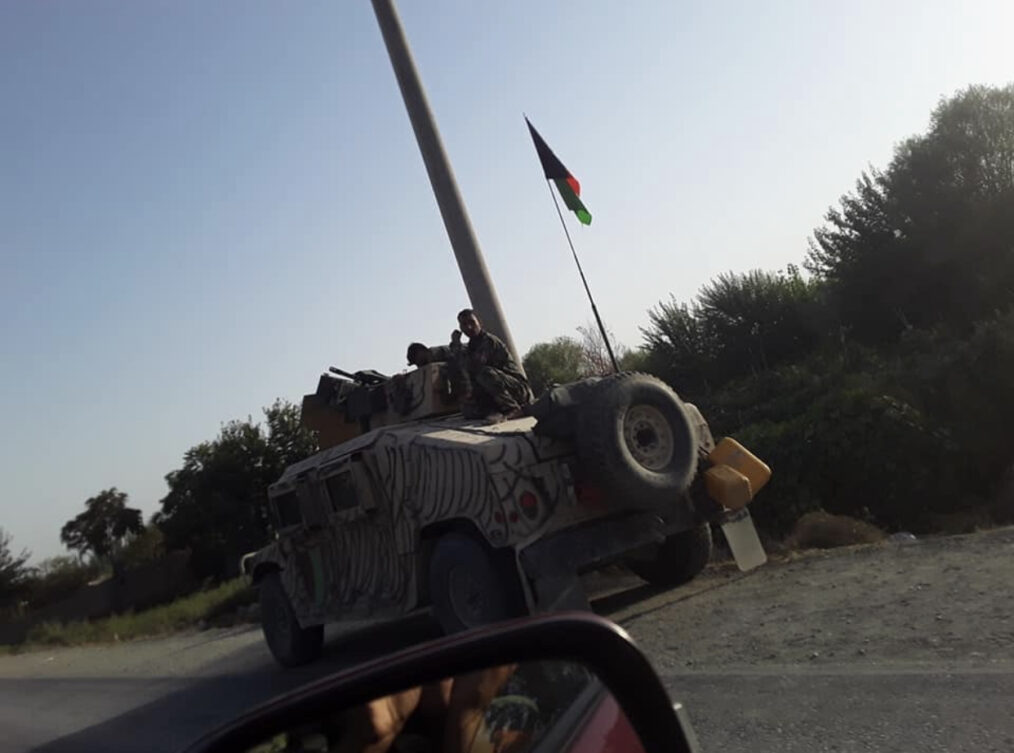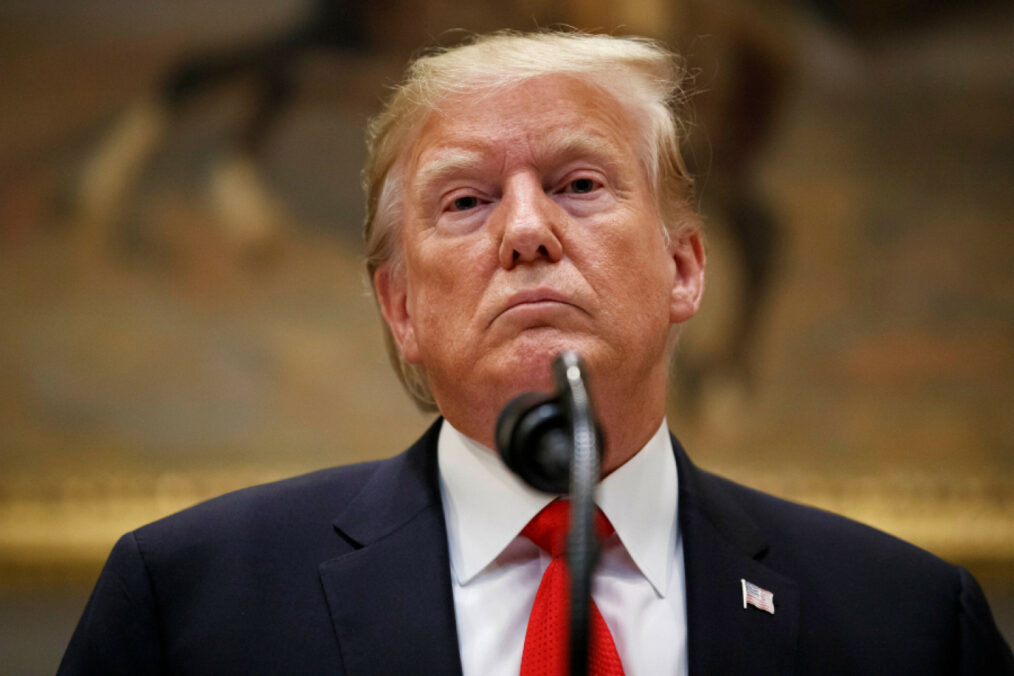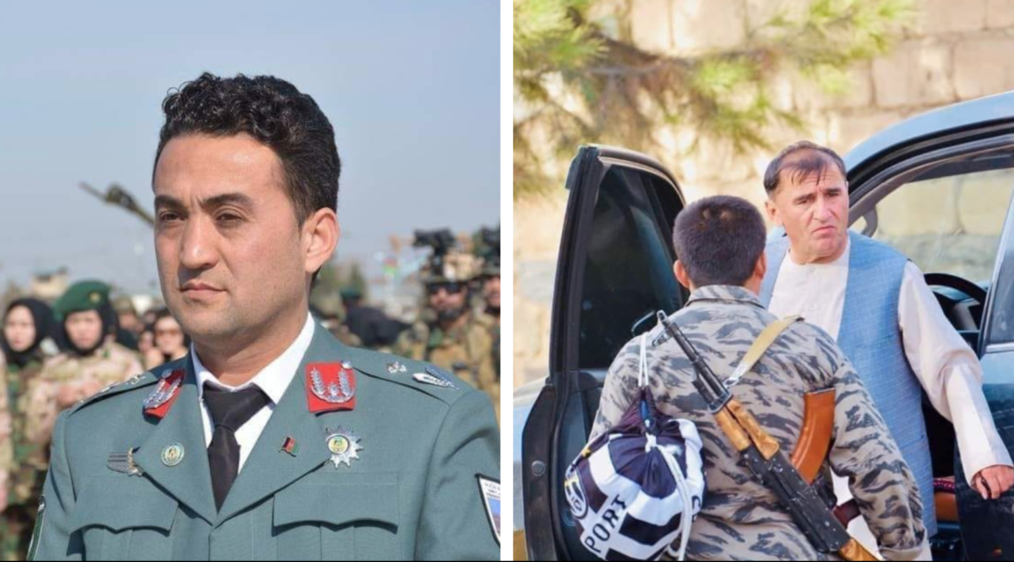Summary of Extremist Assessment
- There is no set profile of a homegrown violent extremist; can be any ethnicity and can come from any socioeconomic background
- The need to belong, political grievances, and sense of purpose are other common factors in an individual’s radicalization
- Individuals are often radicalized through the internet/social media or through family and friends
- Attacks are typically aimed at political figures and monuments and are not often organized
- Although individuals may be sympathetic to terrorist ideologies, they may not have formal ties to the organization
Brief summary of their narrative
Homegrown Islamist extremists follow the same narrative as established Islamist terrorist organizations, such as ISIL and al-Qaeda. They are mainly motivated by a fundamentalist interpretation of Islam, aiming to not only spread Islamist beliefs and establish the caliphate, but also to bring down oppressive powers such as the US as well as all “disbelievers”. Rather than travel abroad to fight with a foreign terrorist organization, they stay in their homeland and plan attacks. They use violence in order to achieve their political goals. Islamists believe Islam is the only basis for the legal and political system. They are opposed to liberal democracy and are oftentimes radicalized online and through social media.
Brief History of the ideology or group in the United States
Prior to 9/11, Islamist extremism within the US was not a primary concern. After the 9/11 attacks, the US government re-directed its security focus to counter future attacks and also declared a War on Terrorism in the Middle East. This War on Terror created a divide not only between the US and the Middle East, but also within the US with Muslim communities becoming more and more marginalized. Politicians openly spoke about the possibility of other Muslim-Americans becoming radicalized and conducting attacks on US soil. The resulting bigotry and hate rhetoric aimed at Muslims in the US produced a volatile community. This led to even more discontent and frustration among Muslim-Americans, with some individuals turning towards extremist propaganda to air their political grievances, find a sense of belonging, or a sense of purpose. More recently, homegrown Islamist extremism has been overshadowed by the threat of right-wing terrorism, although the HVE threat still lingers.
Current State of Islamist Extremism in the United States
Homegrown violent extremists that are sympathetic to the Islamic State are constantly attempting attacks here in the US. Most of these attacks have been foiled by security officials, much like Rondell Henry’s suicide-plot to drive a U-Haul van into a crowd of people on a Maryland waterfront, attempting to kill as many “disbelievers” as possible. Law enforcement officials were able to stop Henry before he could pull of his attack. Henry explained that he had been admiring ISIL’s work for 2 full years and was inspired by the van attack in Nice, France.
Over the past 5 years, law enforcement has foiled nearly 58% of attempted attacks by homegrown violent extremists sympathetic to the Islamic State. These homegrown extremists have been encouraged by the Islamic State to conduct attacks on their own within their homeland. This has been a strategic way for ISIL to pull off attacks in the West without any risk financially or structurally. Homegrown extremists are able to conduct attacks with little to no training and are not as organized as attacks conducted by terrorist cells or networks. It is the lack of intense planning/organization of these attacks that make them more difficult to uncover and prevent.
In the US today, homegrown Islamist terrorism has seemingly fallen behind right-wing terrorism in terms of immediate security threats. Although right-wing terrorist attacks have increased in frequency, the threat of homegrown Islamic terrorism still lingers. The successes of local law enforcement and intelligence agencies have caused people to assume that the threat has diminished, even though individuals are found attempting to support ISIL every day.
Where are they prominently operating?
Homegrown violent extremists operate without borders. Attacks have been carried out all over the world, some by individuals who have been described as “normal” prior to their radicalization. These individuals were radicalized either online or through personal connections and were inspired to act within their home countries. These attacks have taken place in the US and Europe, with several attacks leaving individuals severely injured or dead. The advantage of homegrown violent extremists is that they can attack anywhere at any time and are not restricted in where they operate.
A recent United Nations report stated that ISIL is planning to exacerbate existing political divisions in Western European nations. ISIL will most likely utilize homegrown extremists and foreign fighters for these attacks, carrying out reconnaissance and encouraging homegrown extremists to conduct their own operations in order to inflame discontent within the region.
What are their primary recruitment methods
The primary recruitment methods of homegrown Islamist extremists include the use of social media to spread their radical ideology and the scoping out of sympathizers. Terrorist organizations such as al-Qaeda and ISIS release speeches online calling on all Muslims to join together and rid the world of disbelievers. Individuals that sympathize with these extremist ideologies are often initially exposed to this propaganda through social media. They interact with like-minded individuals through encrypted applications and are able to use training manuals from terrorist organizations to aid in their operations
ISIL also uses virtual planners who plan attacks online through encrypted apps, provide technical expertise, and assist with picking a target. These virtual planners utilize homegrown extremists to carry out their attacks abroad, minimizing the resources spent by the terrorist organization and also minimizing risk. Foreign fighters have also played a large role in the recruitment of homegrown violent extremists, often times through recruiting HVEs for specific attacks or through spreading extremist propaganda.
The recruitment of homegrown violent extremists by ISIL allows them to operate externally, even while they are losing territory in Syria and Iraq. Although a large number of external ISIL attacks against the West have been executed abroad, only 36% have been executed by individuals that had no formal ties to the terrorist organization.
Image Source: The open source image of the Islamic State of Iraq and the Levant (ISIL).
The Extremism Assessment Series is an initiative of Rise to Peace’s Domestic Counter Terrorism Program. It seeks to provide short educational pieces highlighting groups or social movements linked to extremist ideologies and/or tactics. Check back for new additions to the series.





